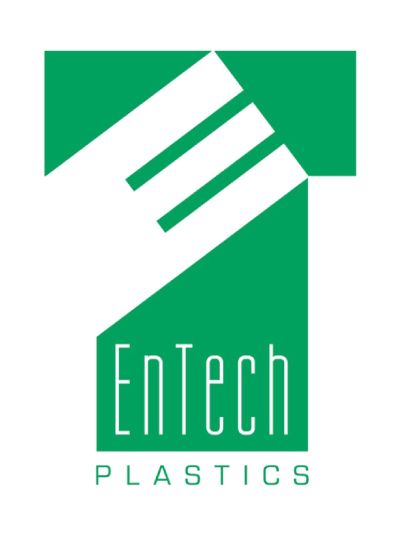Cost-Effective Tips for Low-Volume Injection Molding Projects
Low-volume injection molding projects are essential for many businesses looking to produce custom plastic parts efficiently and sustainably. While large production runs may benefit from economies of scale, low-volume projects require a different approach to achieve cost-effectiveness without compromising quality. In this blog, we will share our cost-effective tips and strategies specifically tailored for low-volume injection molding projects.
The Challenge of Low-Volume Injection Molding
Injection molding for low-volume projects comes with unique cost and efficiency challenges. High setup costs for molds and tooling can significantly impact the overall cost per part, while the inability to leverage bulk material discounts often results in higher material expenses. Additionally, balancing efficiency with the need for flexibility can be difficult, as injection molding setups are traditionally optimized for large-scale production.
Tips for Cost-Effective Low-Volume Injection Molding
Design for Manufacturability: Start with a design review to identify opportunities for simplification and cost reduction. Next, minimize undercuts, sharp corners, and complex geometry that can increase tooling and production costs. Lastly, lean on design software to optimize part geometry, reduce material waste, and improve moldability.
- Smart Material Selection: Choose materials wisely. Consider the specific requirements of your project, such as strength, flexibility, and durability. Select materials with good flow properties to minimize molding defects and reduce processing time. Explore the possibility of using recycled or regrind materials to reduce material costs, especially for non-critical applications.
- Tooling and Mold Design: Consider using a Master Unit Die (MUD). MUD Mold Bases have standard sized pockets into which inserts used to produce the customer’s unique parts can be fitted. Using this approach, the customer pays only for the tooling inserts to make their unique parts. Because EnTech has already invested in the MUD mold bases, the customer pays only for the portion of the tool that makes his unique part, which is significantly less than purchasing a complete injection mold.
- Process Optimization: Fine-tune the injection molding process to minimize cycle times. Reducing cooling times, optimizing melt temperatures, and using high-speed machines can all contribute to efficiency. Additionally, the use of sophisticated molding techniques to achieve consistent and repeatable results, reduces the likelihood of defects that can increase costs.
- Quality Assurance: Effective quality assurance and smart design practices are key to optimizing injection molding processes. Prioritizing rigorous inspection and testing methods ensures defects are caught early, preventing waste and ensuring only conforming parts are shipped. Additionally, designing parts for immediate use straight from the mold reduces the need for secondary operations like trimming and assembly, streamlining production and saving time.
- Collaborate with Suppliers: Building strong relationships with suppliers is essential for securing favorable terms, such as annual blanket orders with flexible shipment releases. By collaborating with EnTech, you can leverage our expertise to select the most cost-effective materials and processes tailored to your specific project needs.
Achieve Low-Volume Success with EnTech’s Expertise
Low-volume injection molding presents unique challenges, but with the right strategies, it’s possible to achieve cost-effectiveness without sacrificing quality. By focusing on smart design, material selection, tooling innovations, and process optimization, businesses can streamline production and reduce expenses.
Partnering with knowledgeable suppliers like EnTech further enhances efficiency, helping you make informed decisions that align with your project goals. Ready to take your injection molding project to the next level?
Contact EnTech today to explore tailored solutions that deliver quality, efficiency, and value for your low-volume production needs.
Be The First to Know!
Enjoying this article? Stay up to date and sign up now to get notified of new news and insights from EnTech Plastics.
